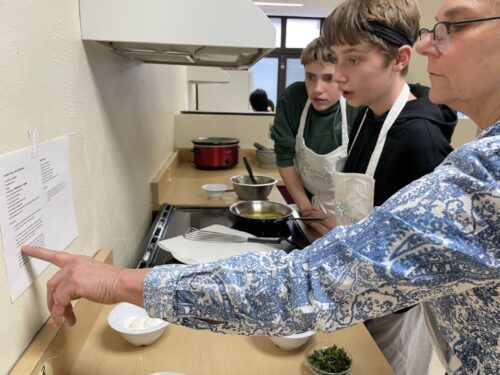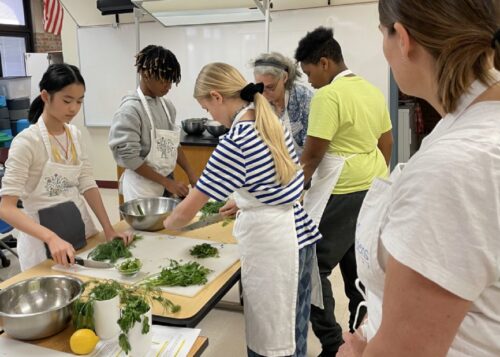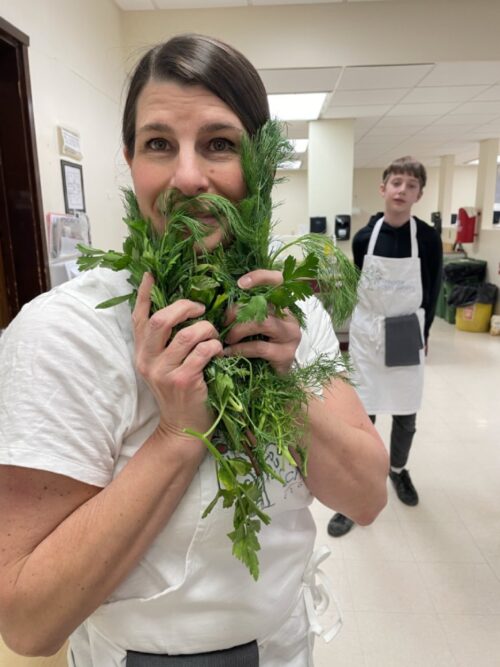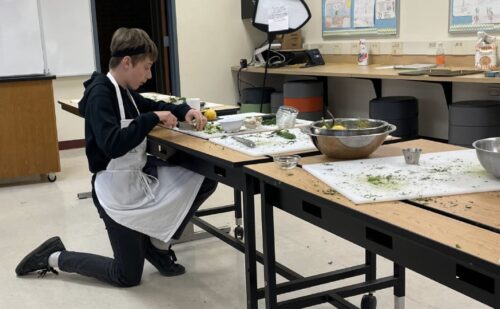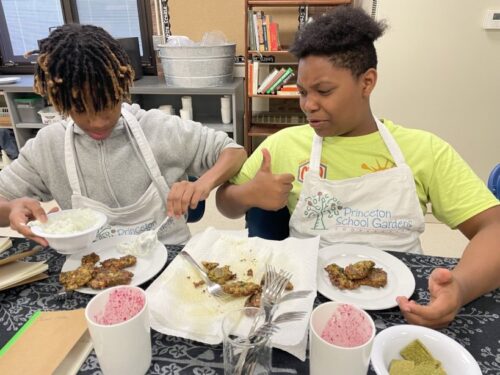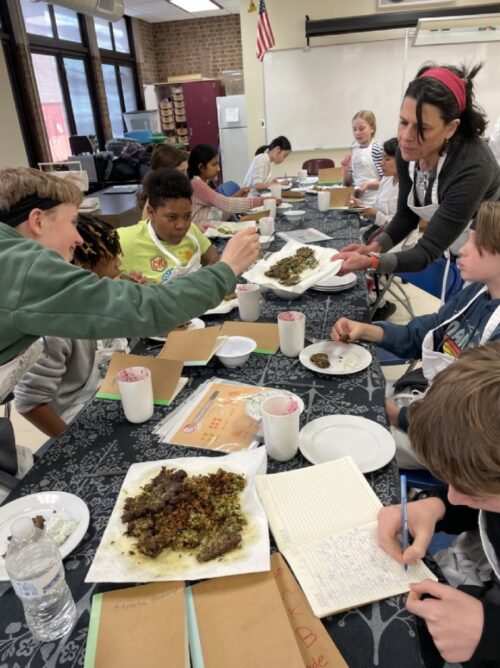1.
“According to
research at the University of Leeds, recycling ranked low on a list of effective actions that an individual could take to fight climate change. Higher-ranked actions included living car-free, avoiding long-haul air travel, and reducing consumption of red meat….Plastics can only be
recycled a finite number of times at best, sometimes only once, due to structural and composition breakdowns during the recycling process….several plastic types, especially those in electronic devices or those stained by food, often bypass recycling altogether.
“…fundamentally, recycling isn’t as beneficial as reduction and reuse.
“Again, the onus lies more heavily on corporations, whose environmental footprints vastly overshadow individual consumers. Several companies have been found to unduly
overemphasize the impact of minor consumer actions (like choosing metal straws over plastic ones), to divert attention from their failure to minimize waste. In fact, in 2022, California’s Attorney General Rob Bonta launched an
investigation into ExxonMobil, looking at whether the oil giant had oversold the promise of recycling.”
2.
which of course gets us to individual agency.

how can each of us make a difference and empower students to do the same and carry those habits with them?
if we are looking to limit temperature rise to 1.5°C (2.7°F) by end of century (already looking unlikely),
re No. 3, plants-rich diet: (same as eat less red meat, mentioned above)
we’re pedaling as fast as we can with the new food service company Pomptonian offers unlimited servings of fruits and vegetables of the day with each meal purchase!
and there are Edible Gardens at every campus and Edible Gardens Educators/Stewards there, too, to help faculty, staff, and administration along in finding ways to illustrate/amplify curriculum.
re No. 4, reduced food waste, that’s the work we need to concurrently and immediately focus on
(btw: on the effectiveness chart, recycling comes in at No. 36; recycling paper at No. 70, and composting at No. 78)
3.

if you really want to reduce food waste and empower children as they face this increasingly perilous future,
consider this from
ReFed. we can make the most difference by reshaping consumer environments.
From the site, some of the “challenges:
- Consumers discard food for multiple reasons, and more research is needed to understand how to influence long-term behavior changes on reducing food waste.
- Consumers do not recognize their own role in solving this problem.
- It is difficult to measure and track the impact of campaign efforts due to the large audience of these efforts as such, funding might be hard to secure because it is difficult to measure return on investment.”
4.

No. 4, Reduced food waste is something everyone at PPS can implement every single moment.
How low can you go? How about zero? See, at right the
EPA Food Recovery Hierarchy, with most preferred at the top of the inverse pyramid.
Ideas: No food waste in the garbage cans! Free table with coolers at lunch for unopened items; in cafeterias, after POS and before students touch trays, a table where unwanted foods go into another hot-lunch free spot for those who are extra hungry; students learn and conduct plate scraping & take turns serving their classmates…
add compost alongside every trash can, with clear directions at each site. if it grows, it goes. provide wipes so if ppl have to pull half eaten food out of a container, they don’t have to touch it
start at k and reinforce every day…
to be clear: composting has a place, and each of the Edible Gardens could use the product and it would teach all of us about the cycle of life
but note that it is No.5 most effective in the six layers of the hierarchy.
let’s start higher!
 how can each of us make a difference and empower students to do the same and carry those habits with them?
how can each of us make a difference and empower students to do the same and carry those habits with them? if you really want to reduce food waste and empower children as they face this increasingly perilous future,
if you really want to reduce food waste and empower children as they face this increasingly perilous future,


